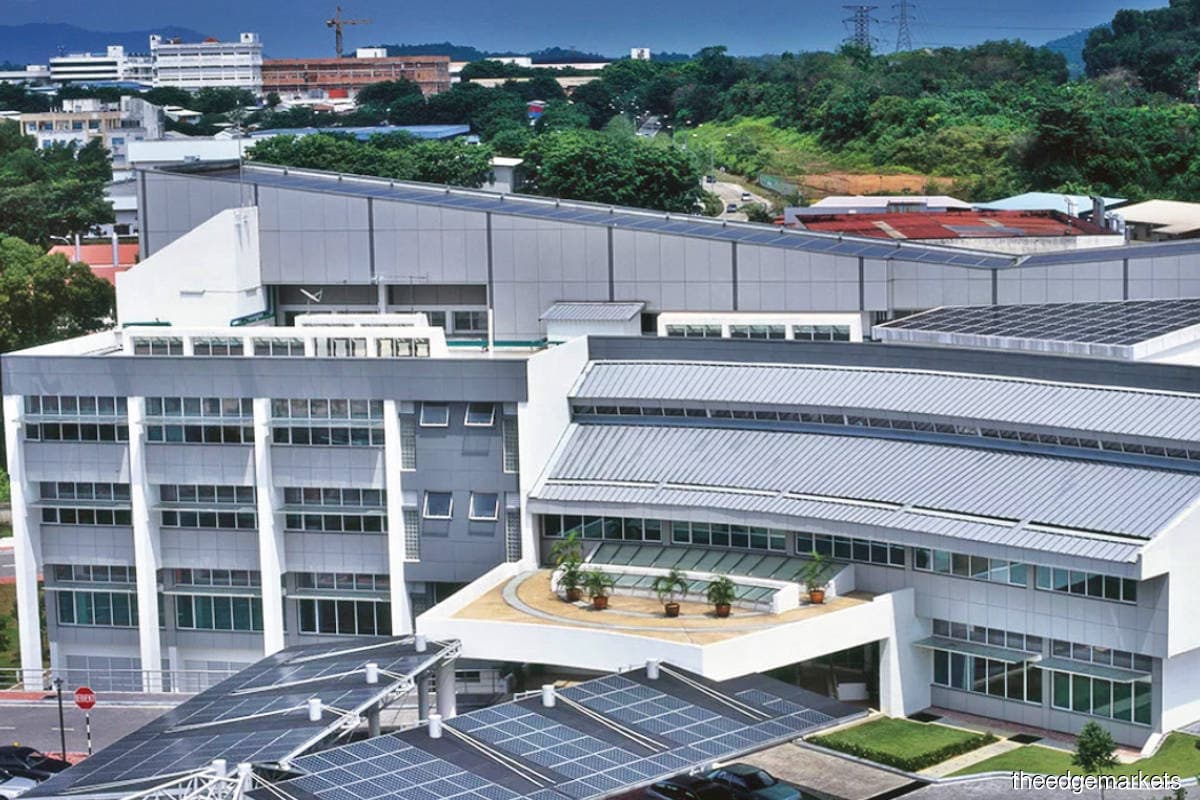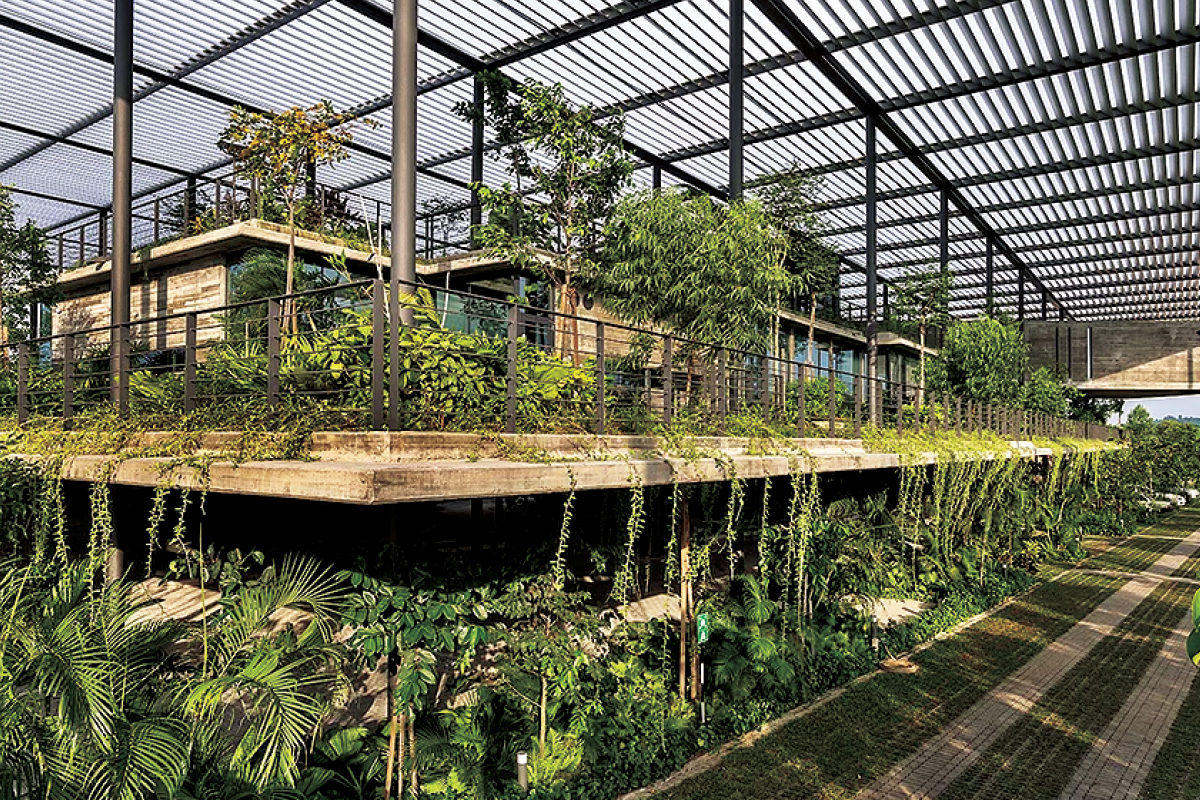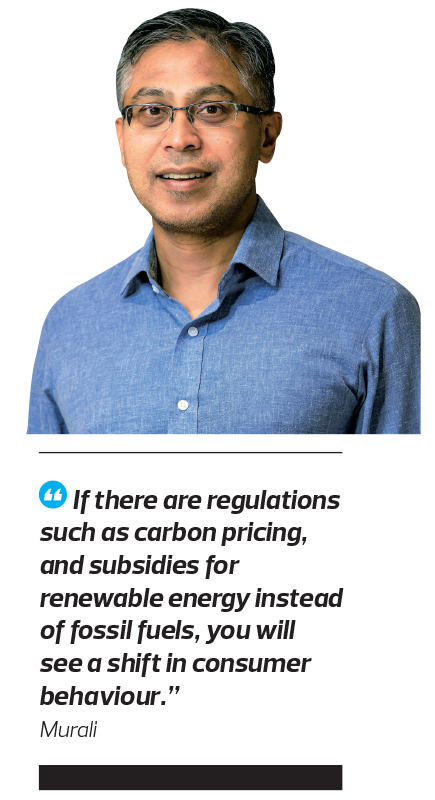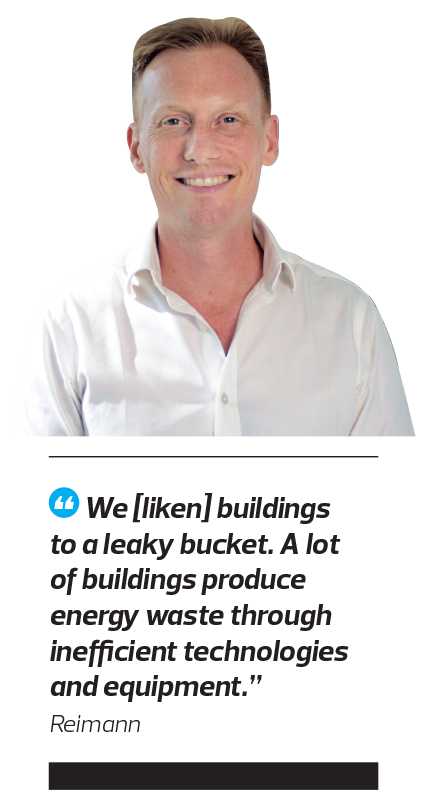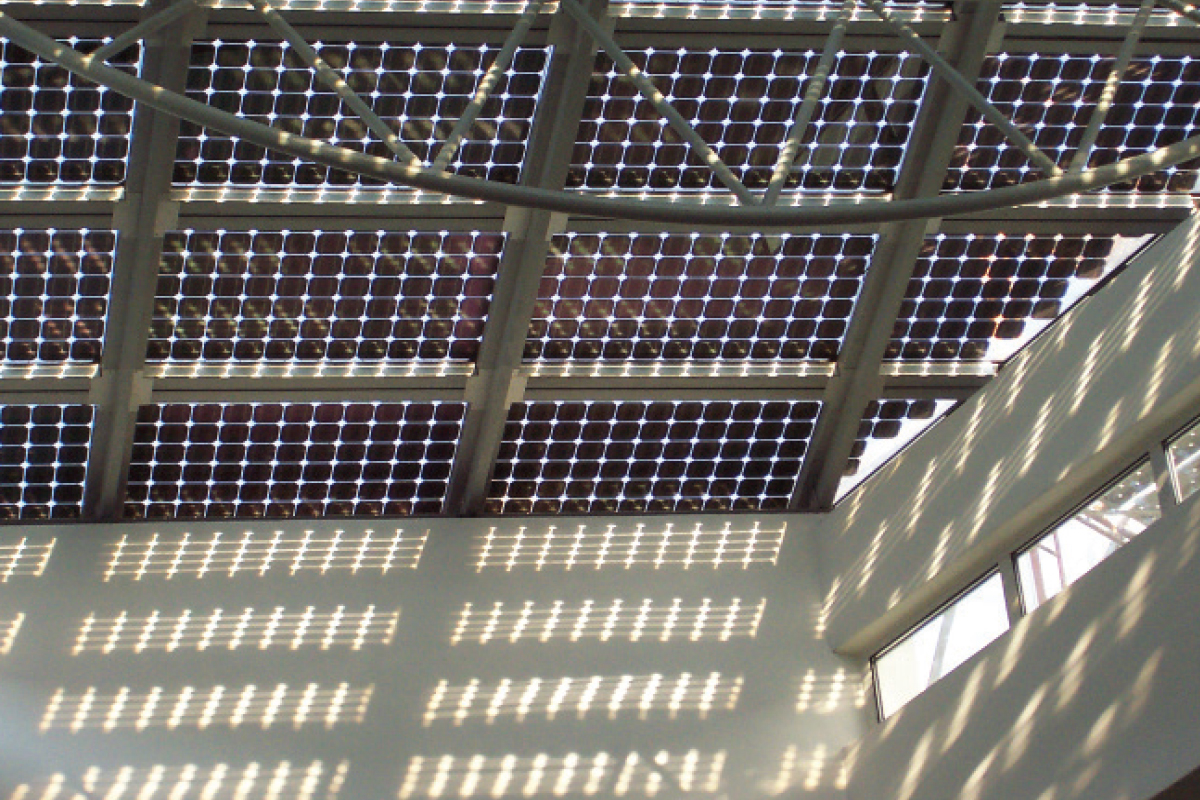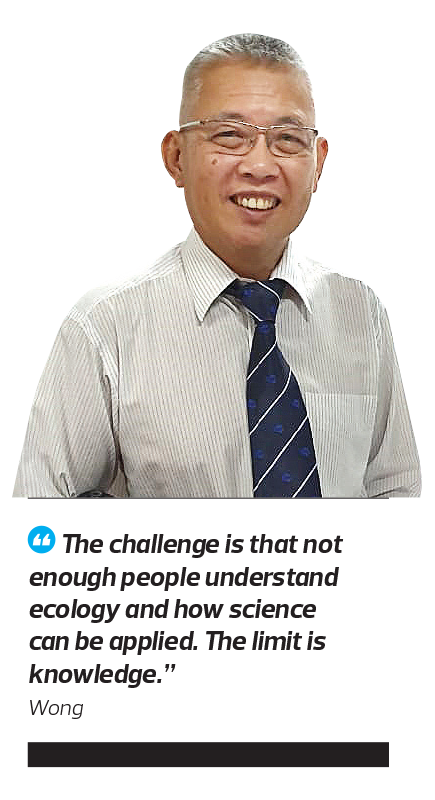This article first appeared in Digital Edge, The Edge Malaysia Weekly on August 30, 2021 - September 5, 2021
Living in an idyllic cottage in the woods, planting your own food, generating your own electricity from solar panels, and enjoying fresh water and air while living a waste-free life may sound like a dream for some.
This low-carbon method of living is already practised by many indigenous tribes in Malaysia. Of course, it will not be easy for this model to be replicated in urban areas where space is scarce and demand for material goods high.
If self-sufficient neighbourhoods or buildings that enable such lifestyles become mainstream, however, they could be a solution to help combat climate change.
This potential is important, given that global average temperatures are already one degree Celsius higher than pre-industrial times, and the projected consequences of more frequent extreme weather events, droughts and flash floods can already be observed.
In Malaysia, the energy sector, which powers our electricity and transportation, is the biggest greenhouse gas (GHG) emitter. Waste comes in second, with food residue being the biggest culprit. When food or organic waste is left in landfills, it emits methane, a potent GHG.
If we have neighbourhoods or buildings that can generate enough renewable energy, food and recycled water to meet their own demand, we could significantly reduce the carbon footprint of the built environment.
Local developers have been incorporating some of these elements already. For instance, there are many certified green buildings in Malaysia equipped with solar panels and energy-efficient technologies. Community urban farms are also gaining popularity.
ReGEN Villages by Denmark-based EFFEKT is an ambitious global project that envisions a community of buildings producing their own food and energy as well as handling their own waste, powered by an intelligent software that optimises resource usage, among other things.
Is such a project feasible in Malaysia? To find out, Digital Edge speaks to a few experts who are involved in related projects.
Energy: The building or neighbourhood generates its own electricity from solar panels, small-scale hydropower dams (if located by a river in rural areas) or biomass, which is taken from organic or sewage waste. Excess energy is stored in high-tech batteries. Smart building energy management systems automatically adjust energy usage to maximise efficiency.
Food: Agriculture technology-enabled farms are available on-site to generate fresh food. This could also be aquaponics or aeroponics farms that can produce a higher yield in a smaller plot of land with less water.
Water: Rainwater is collected and filtered to be used for watering plants or washing surfaces. Grey or black water from toilets is cleaned with advanced technology and reused.
Waste: Food and other organic waste are composted or used to generate energy. The compost is then used in the on-site farm. Other types of waste are recycled, refurbished or remanufactured by companies, which use these secondary raw materials instead of extracting resources from nature. Nothing goes to the landfill if it can be avoided.
Difficult but possible
What is standing in the way of putting together a self-sufficient building or neighbourhood? Cheap energy and water costs, as well as human behaviour.
Rainwater harvesting systems are mandatory for bungalows and semi-detached houses with a certain roof size under the Uniform Building By-Laws 1984. Yet, it is unlikely that people will willingly install this system unless they are required to, given the low cost of water, observes Murali Ram, advisory planning, design and sustainability leader at Arup Malaysia,.
“On the energy side, poorer communities are the ones who end up saving electricity because their consumption is lower. In richer communities, however, it doesn’t matter as much [because it seems affordable],” he says.
On the other hand, before Covid-19, Murali had to cancel some urban farming projects in poor communities. Even though access to the space and resources was free, the community members began arguing about who owned the produce.
“It had to be scrapped, as nobody wanted to care about the farm when they saw the possibility of others gaining from it,” he says. Another project in a middle-income community failed because of lack of interest from the community members.
In contrast, more affluent neighbourhoods took up urban faming readily as a hobby or method for giving back to the environment. Obviously, a better system designed for different target audiences is required.
As for waste management, Murali does not find recycling to be a problem, as awareness among communities is quite high. Composting is difficult, however, owing to space constraints and concerns about hygiene. There is also the lack of central coordination.
“In Los Angeles, all its waste goes into a segregation centre, where organic waste is separated and put into a giant blender, [and] combined with sewage waste to be processed. Methane is extracted [to become energy] and a resulting soil-like substance is used for landscaping. The whole idea is landfill avoidance,” says Murali.
Los Angeles also uses advanced technology to process wastewater into drinking water, much the way Singapore does. This is not the case in Malaysia because the quality of water going into the rivers is low, Murali adds. “We don’t filter wastewater well enough because our infrastructure cannot cope with the rate of development.”
It will be hard to realise this vision in Malaysia, but it is possible to implement it in new townships if the developers have the will and capital to do so. There might be demand in higher-end developments or technology parks, for instance, that want to attract big foreign companies as clients. Some top-down initiatives might work, too.
“If there are regulations such as carbon pricing, and subsidies for renewable energy instead of fossil fuels, you will see a shift in consumer behaviour,” says Murali. However, these regulations or policies must have an emphasis on equity for poorer communities.
Green financing could also make this happen. Already, banks are offering sustainability-linked loans that require borrowers to meet certain sustainability criteria.
Arup Malaysia is working with companies such as Gamuda Bhd that are eager to find out how they can design more sustainable townships, says Murali.
Reach for the low-hanging fruit
An obvious limitation that individual high-rise buildings may face in their quest to fully generate their own renewable energy is the lack of sufficient surface area on which to put solar panels.
This can be overcome by pushing energy efficiency in buildings so that less energy is needed in the first place, says Gregers Reimann, managing director of IEN Consultants Sdn Bhd, a green building consultancy in Malaysia. In addition, the buildings can purchase renewable energy generated in other properties through various methods.
Reimann’s point, however, is that energy efficiency is a very simple and direct way for buildings to become more self-sufficient. This could be done by purchasing energy-efficient equipment or designing the buildings in a way that requires less air conditioning to cool their interiors.
“We [liken] buildings to a leaky bucket. A lot of buildings produce energy waste through inefficient technologies and equipment. So, the first thing you should do is to plug those holes with energy-efficient technologies. Then, you could perhaps rely on renewable energy to meet your needs,” he says.
As electric vehicles enter the fray, the energy demand in buildings will go up, as the vehicles need to be charged. So, energy efficiency becomes more important than ever.
“In the last 16 years, we’ve built many energy-efficient buildings in Malaysia, the first of which is the Malaysian Green Technology and Climate Change Centre building in Bangi, which consumes one-third of the energy of a typical office building,” says Reimann.
The building brings in indirect natural daylight so that artificial lighting is not required as much. Walls and windows are insulated so that heat does not seep in. “This accounts for about a third of the energy efficiency strategy. The rest comes from selecting efficient equipment such as lights, fans and air conditioners,” he says.
There are also innovative solar panel solutions available globally that can widen the surface area of solar panels. It could be embedded in windows, for instance, or incorporated into aesthetic panels that form the façade of the building.
Reimann points out that, if transportation was part of the consideration for self-sufficient neighbourhoods, the design would have to be walkable and connected to public transport. The carbon associated with construction materials would also have to be assessed.
All this can be incorporated into Malaysian buildings. Reimann says the cost may be difficult to justify when energy prices are relatively low in Malaysia. If carbon taxes were to be imposed, however, there might be more incentive to design more self-sufficient or low-carbon buildings.
Let the plants do the work
Anthony Wong, managing director of Frangipani Resort and Spa in Langkawi Island, often hosts visitors who are curious about what he has been doing in his resort, which has won numerous awards for its green practices.
He has an edible garden that provides the vegetables and fruits for the resort restaurant. Flowers and mulberries are used to make tea and jam. All food waste is composted in the garden.
Meanwhile, rainwater is harvested, and grey water (from kitchen, sinks, baths and laundry) and black water (from toilet use) are put through Wong’s proprietary constructed wetland system. This is where his expertise and fame lies.
The constructed wetland system relies on various plants and natural systems to filter wastewater. Every few weeks, the plants are replaced so the system remains dynamic. Wong has managed to produce technically drinkable Class I water from this system, which was approved by the Environment Quality Council in 2017.
He says: “We test the water output from the constructed wetland every six months at an international lab based in Penang. We have years and years of technical scientific results.”
Wong uses only the water from the constructed wetland to water the landscape. Potable water is still drawn from the main line. While the resort is not completely self-sufficient, it does keep all its organic waste and wastewater within its compound.
Replicating this system requires land and space, he says. This means that tall buildings may not be a good fit, since they do not have enough surface area to collect sufficient rainwater or filter wastewater. Indoor farms will need a lot of energy for lighting, he adds.
It is easier for landed developments, where it is possible to build large-scale constructed wetland systems to filter wastewater.
Wong cites, for example, the East Calcutta Wetlands in India. The city of more than 10 million relies on the 12,500ha of wetlands to filter sewage water, which is then channelled into rice and vegetable farms before it goes to the sea.
It is known as the world’s largest wastewater-fed aquaculture system that supports the livelihoods of many farmers and fishermen. Unfortunately, the wetlands are now under threat from development.
A new township in the right location could consider constructed wetlands. Islands are also a prime candidate. In fact, the Langkawi Island authorities had plans to replicate the constructed wetland system on the island to filter wastewater before releasing it into the ocean.
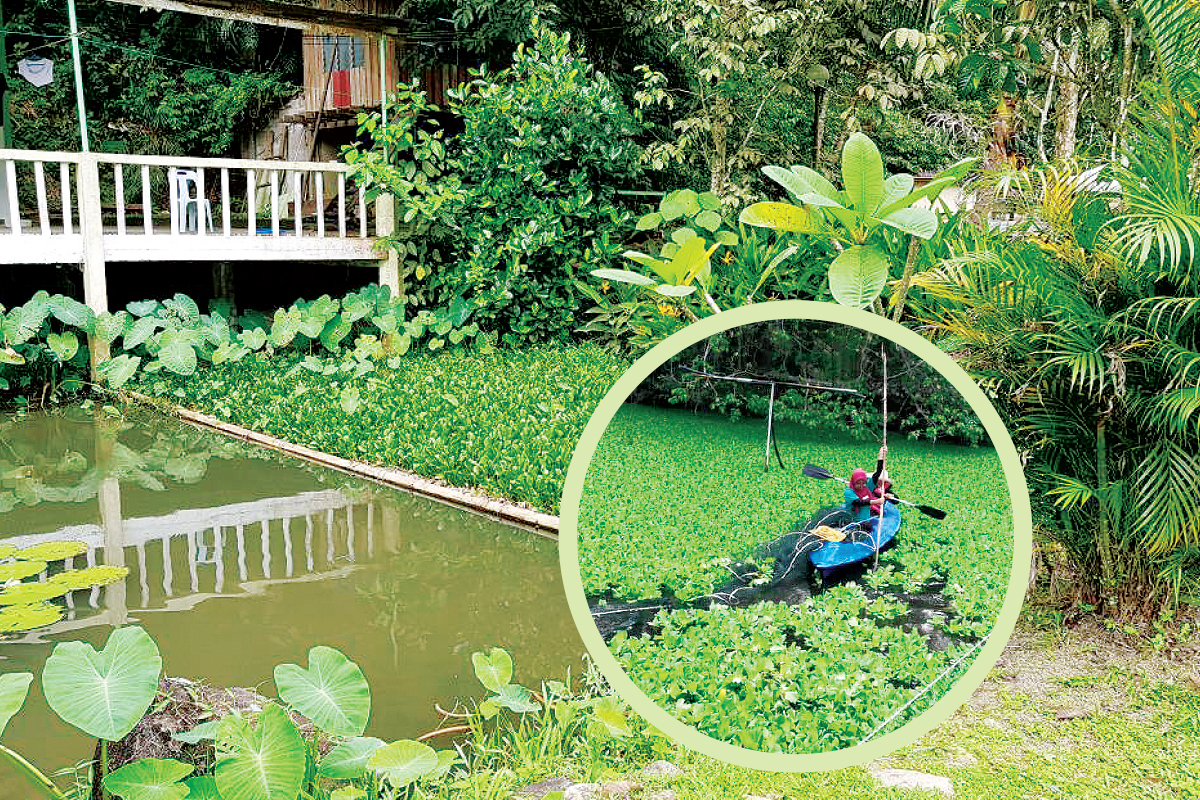
The constructed wetland uses plants and natural systems to filter wastewater (Photo by Anthony Wong)
“In January last year, we did a gotong-royong with 800 people to clean the area and grow the right plants. But a new director-general was appointed after that and the plan wasn’t implemented,” says Wong.
Another planned project was meant to direct the wastewater from some parts of the island into 12 acres of constructed wetland that would also serve as a reservoir. This would address the water issues of the island, which suffers from dry seasons and relies on water sources from the mainland. But the project also fell through.
“The challenge is that not enough people understand ecology and how science can be applied. The limit is knowledge,” says Wong.
It must be said that Wong is like a scientist who loves to experiment. The constructed wetland system came from his years of testing. He is also using microbes to clean cooking oil and engine oil-polluted waters, and experimenting with natural ways to kill mosquitoes.
Interestingly, Wong was recently asked by Taylor’s University to be a consultant for the expansion of its Subang Lakeside campus. The university is interested in including urban farms and constructed wetlands in the campus to become living science laboratories.
Save by subscribing to us for
your print and/or
digital copy.
P/S: The Edge is also available on
Apple's App Store and
Android's Google Play.
